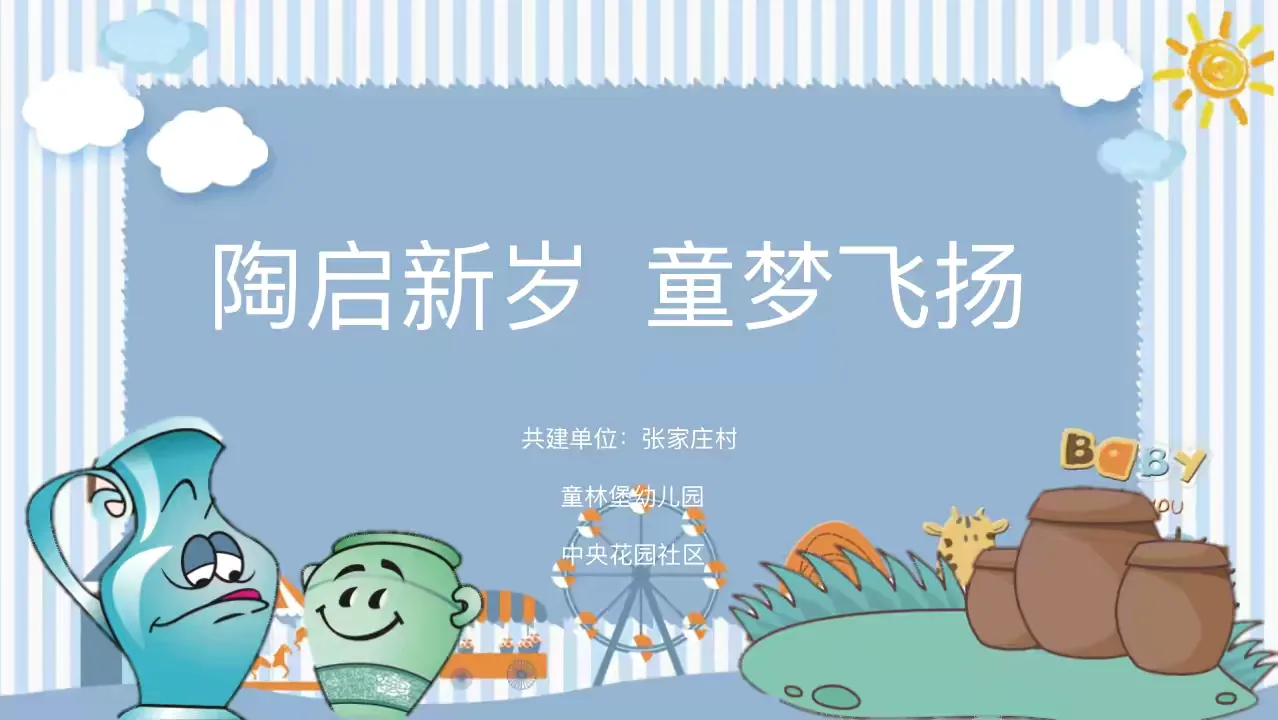
土陶文化历史悠久,它贯穿了人类文明的发展进程。从新石器时代开始,土陶便已出现,最初人们用泥土制作简单的容器,用于储存和烹饪,这是人类对自然材料利用的智慧结晶,如中国的仰韶文化、马家窑文化等出土的各类彩陶,造型丰富且有精美的纹饰,兼具实用与审美价值。随着时间推移,土陶技艺不断传承发展,在不同地区形成独特风格,今天我们槐荫园国际部的小朋友一起走进济南腊山街道张家庄村,一起体验非遗传承土陶文化。


The background of earthenware
culture.

源于土,成于火则是对土陶最贴切的形容,制陶在张家庄已有300多年的历史了,当年的村民多以制作土陶为主。走进土陶印象馆,穿过一座仿真的土窑,我们仿佛走进了记忆中的古老的村庄,一圈造型别致的土陶整整齐齐的排列着,传统的窑屋,孩子们仿佛对这里感到格外亲切。
"Originating from earth and taking shape with fire" is the most fitting description for earthenware. The craft of making earthenware has a history of over 300 years in Zhangjiazhuang. In the past, most villagers there mainly engaged in making earthenware. Entering the Earthenware Impression Museum and walking through a simulated earthen kiln, we seem to step into an ancient village in our memories. A circle of uniquely shaped earthenware pieces are neatly arranged. In the traditional kiln houses, children seem to feel particularly affectionate about this place.


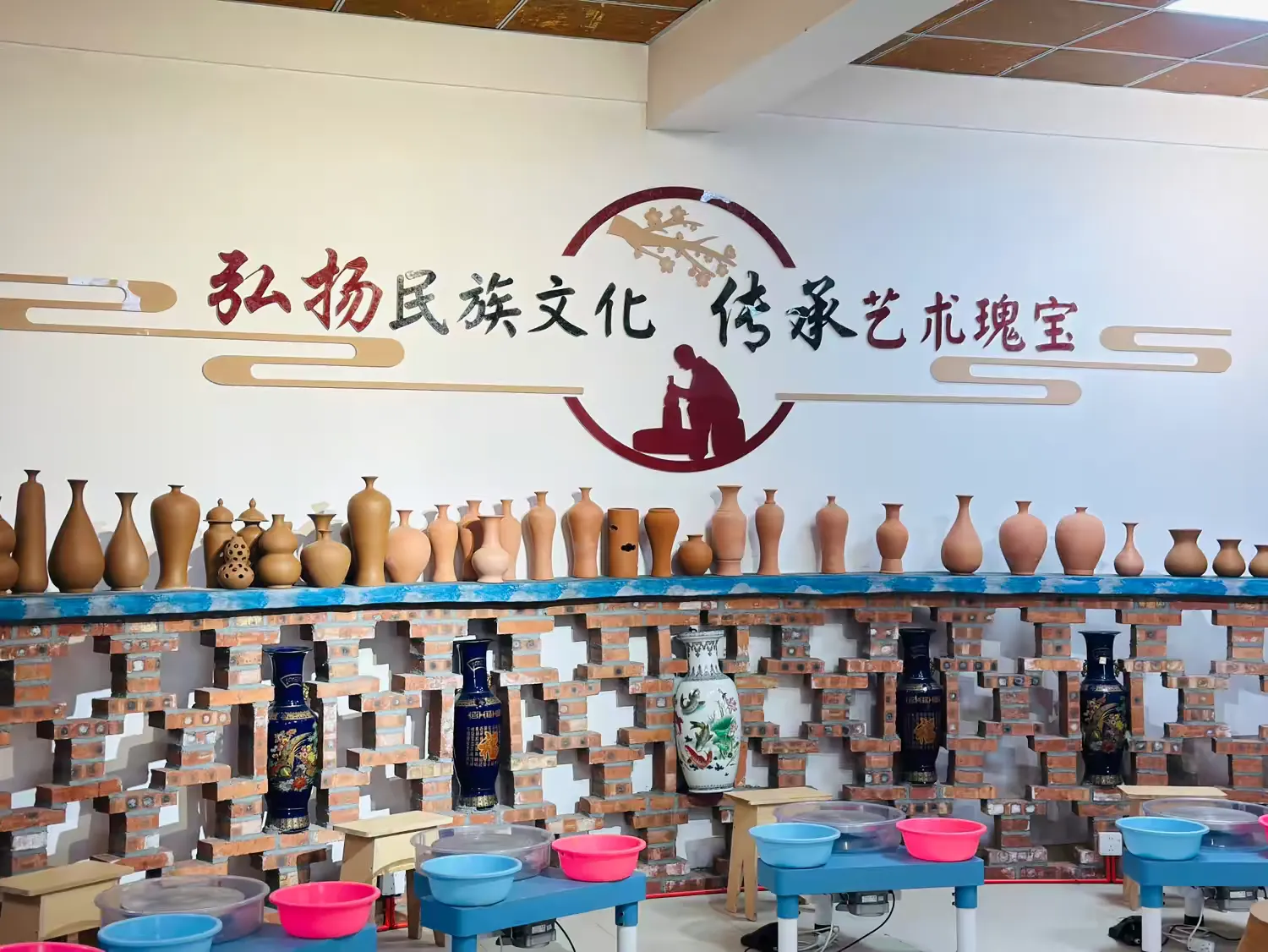
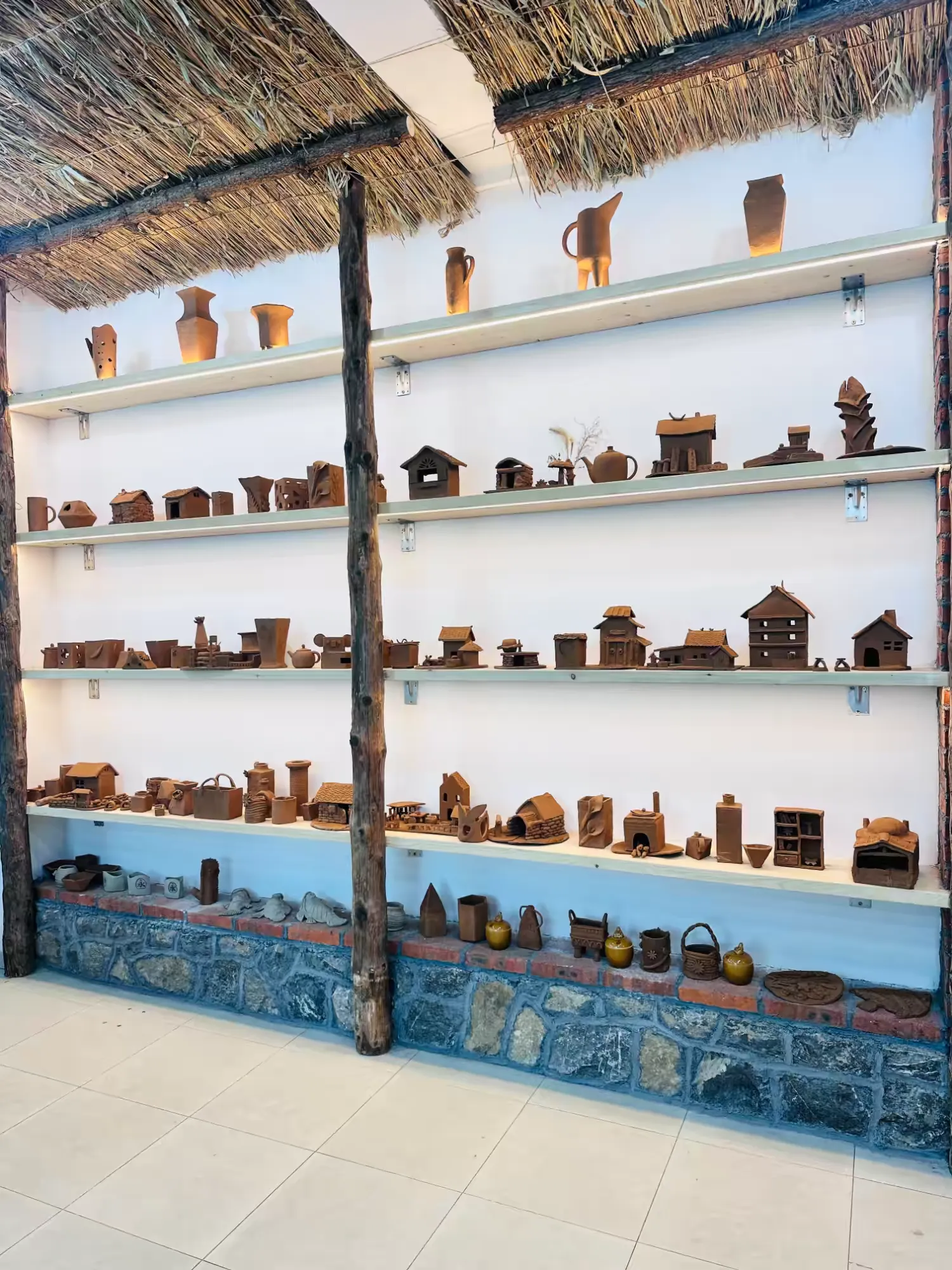
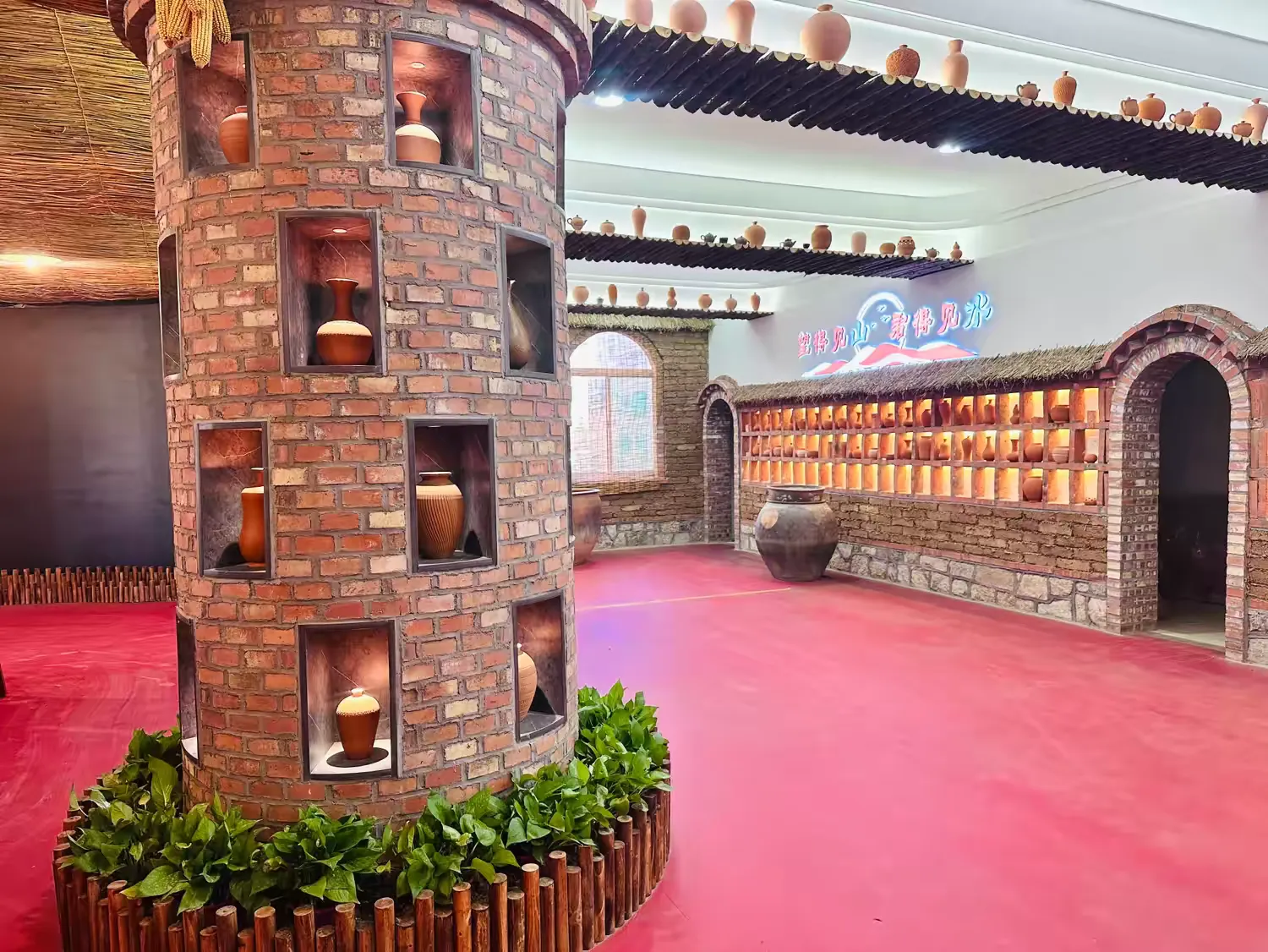
Experience the earthenware culture.

我们常见的制陶方法有:手捏法、泥条法、泥板法、挖空法、压模法、拉胚法。非遗传承人向孩子们展示了最传统的拉胚法,孩子们的眼中满是好奇与惊叹。传承人双手轻触陶土,仿佛在与一位久违的老友交谈,那陶土在他的指尖下慢慢旋转、升高,乖巧地变幻着形状。孩子们围坐一旁,身子前倾,眼睛一眨不眨地盯着那不断成型的胚体,嘴巴微微张开,生怕错过任何一个神奇的瞬间。他们的小手不自觉地在空中模仿着传承人的动作,内心深处已种下传承这古老技艺的种子。


The common pottery-making methods include: pinching by hand, coiling, slab building, hollowing out, pressing with molds and throwing on the wheel. The inheritor of intangible cultural heritage showed the children the most traditional throwing method. The children's eyes were full of curiosity and amazement. The inheritor gently touched the clay with both hands, as if chatting with a long-lost old friend. Under his fingertips, the clay slowly rotated and rose, changing its shape obediently. The children sat around, leaned forward, stared at the constantly forming embryo without blinking, with their mouths slightly open, for fear of missing any miraculous moment. Their little hands unconsciously imitated the inheritor's movements in the air, and the seeds of inheriting this ancient skill had already been planted deep in their hearts.


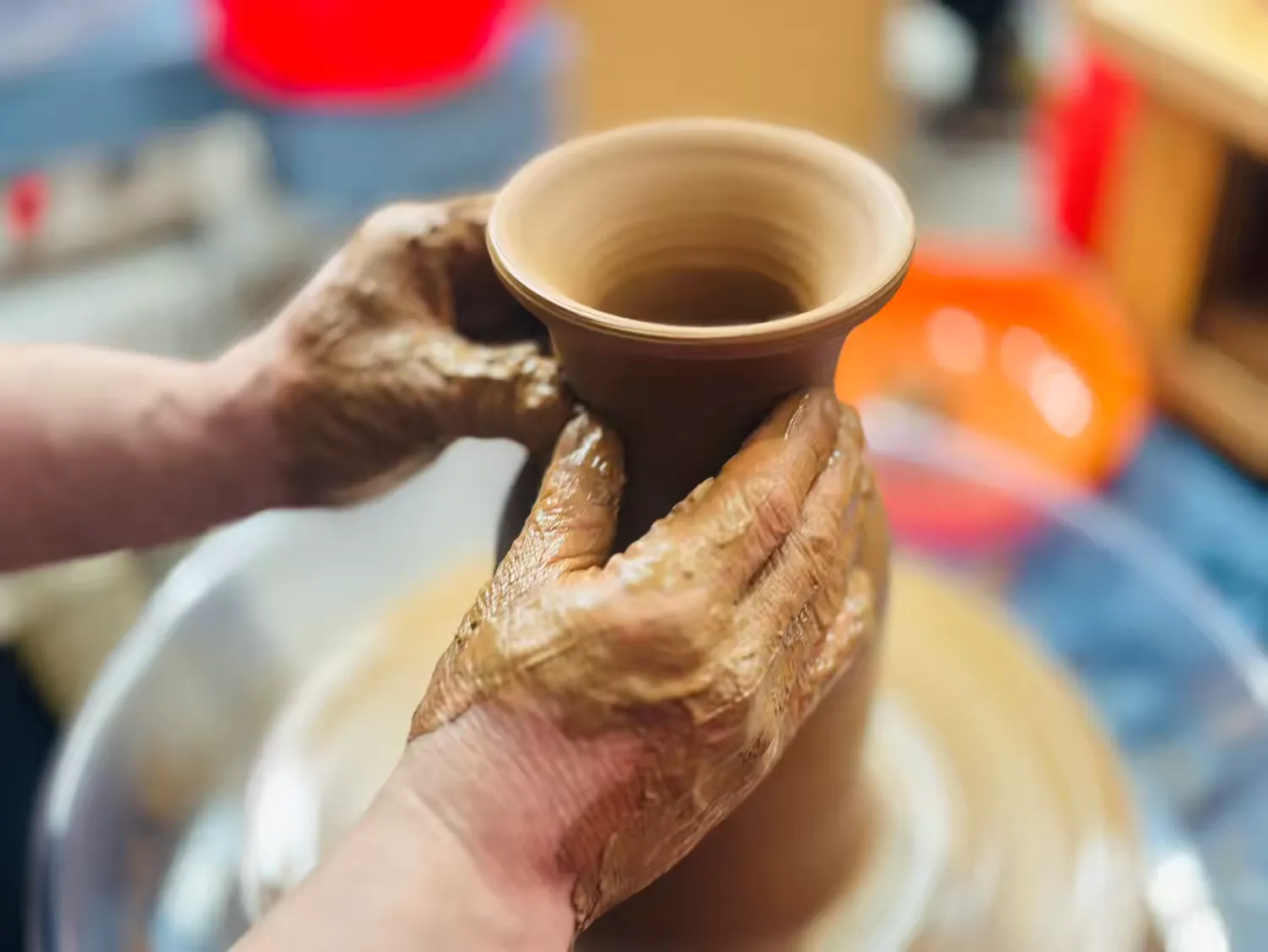
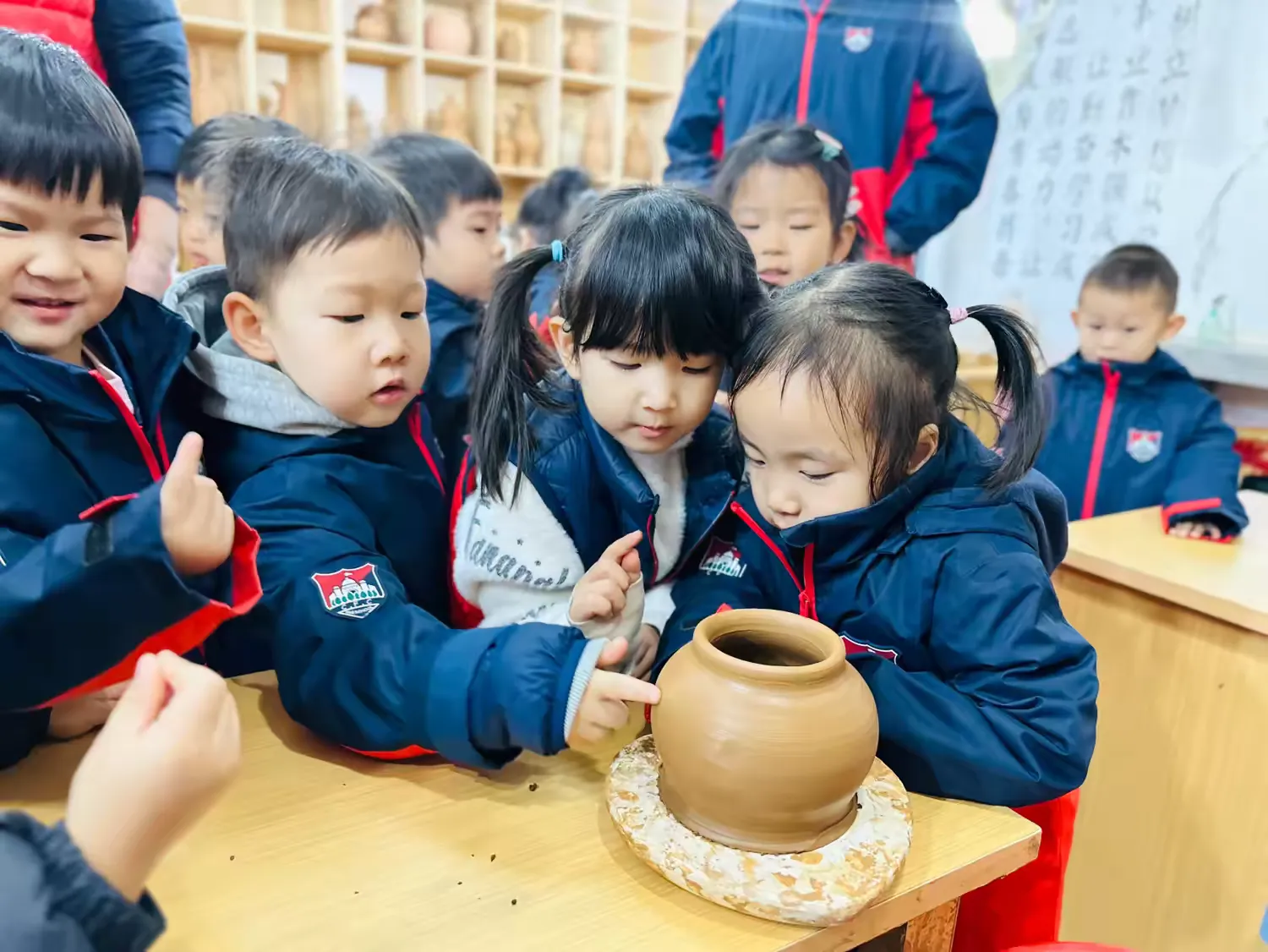
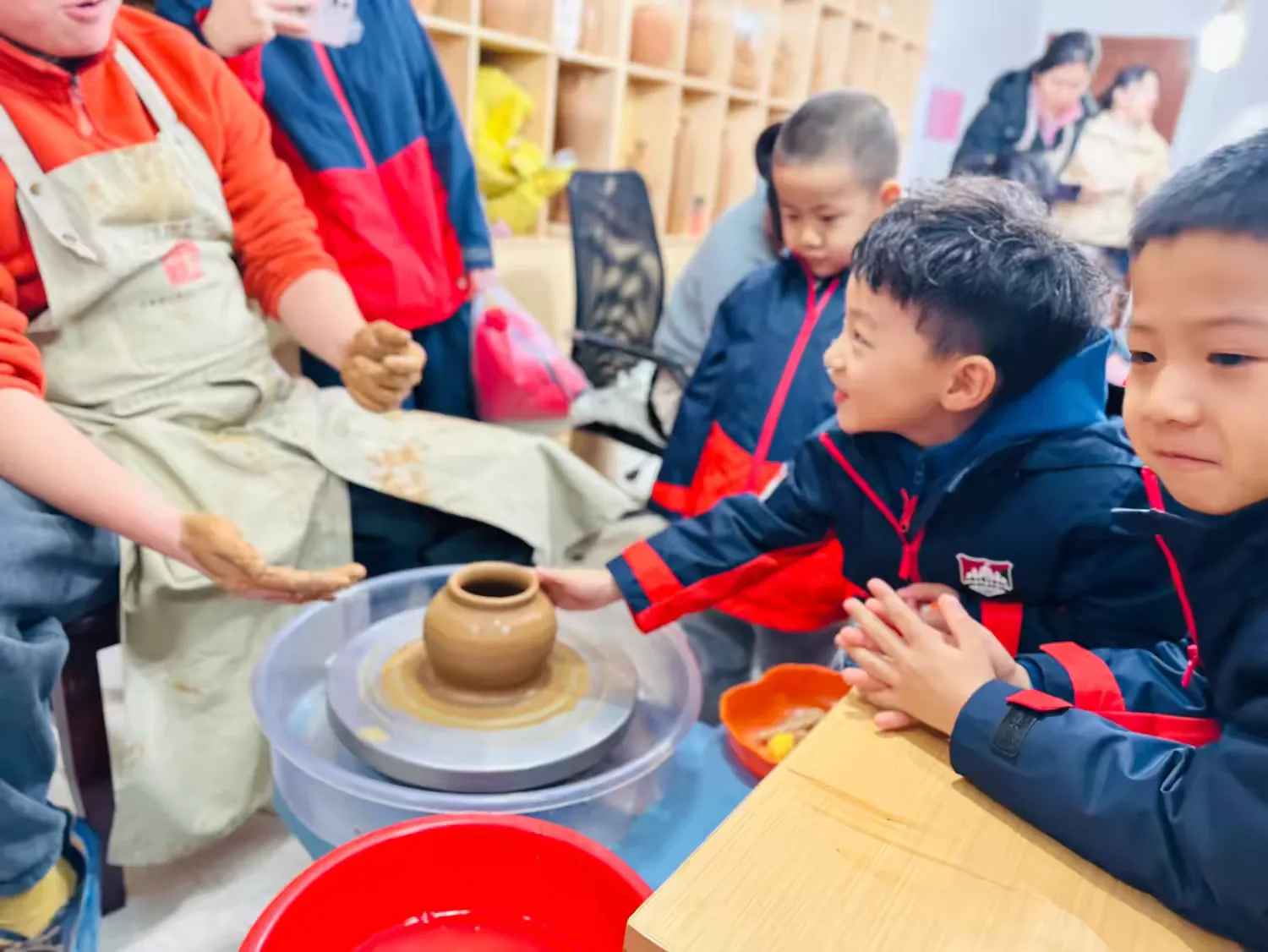
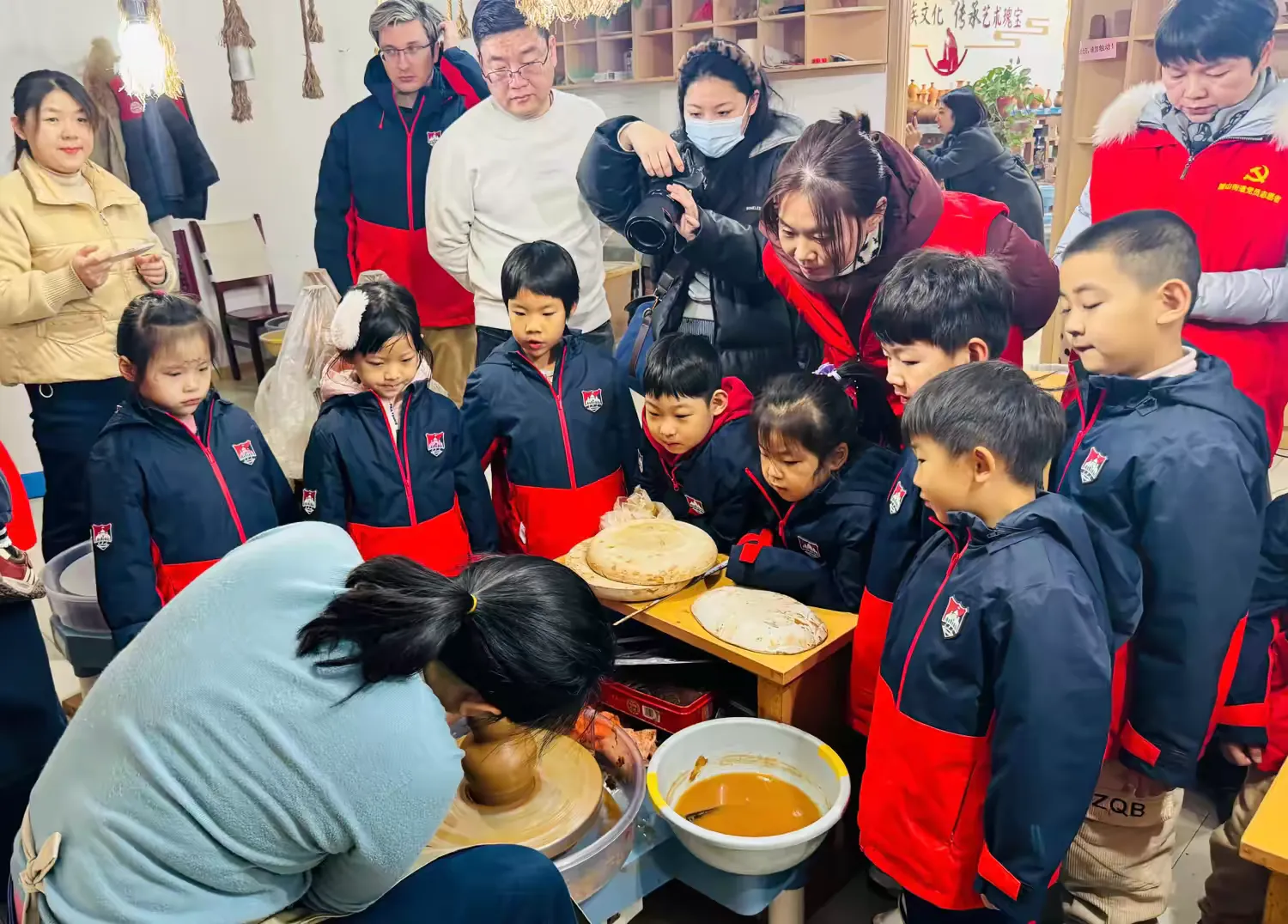
Earthenware Culture Experience ————Coiling Method.

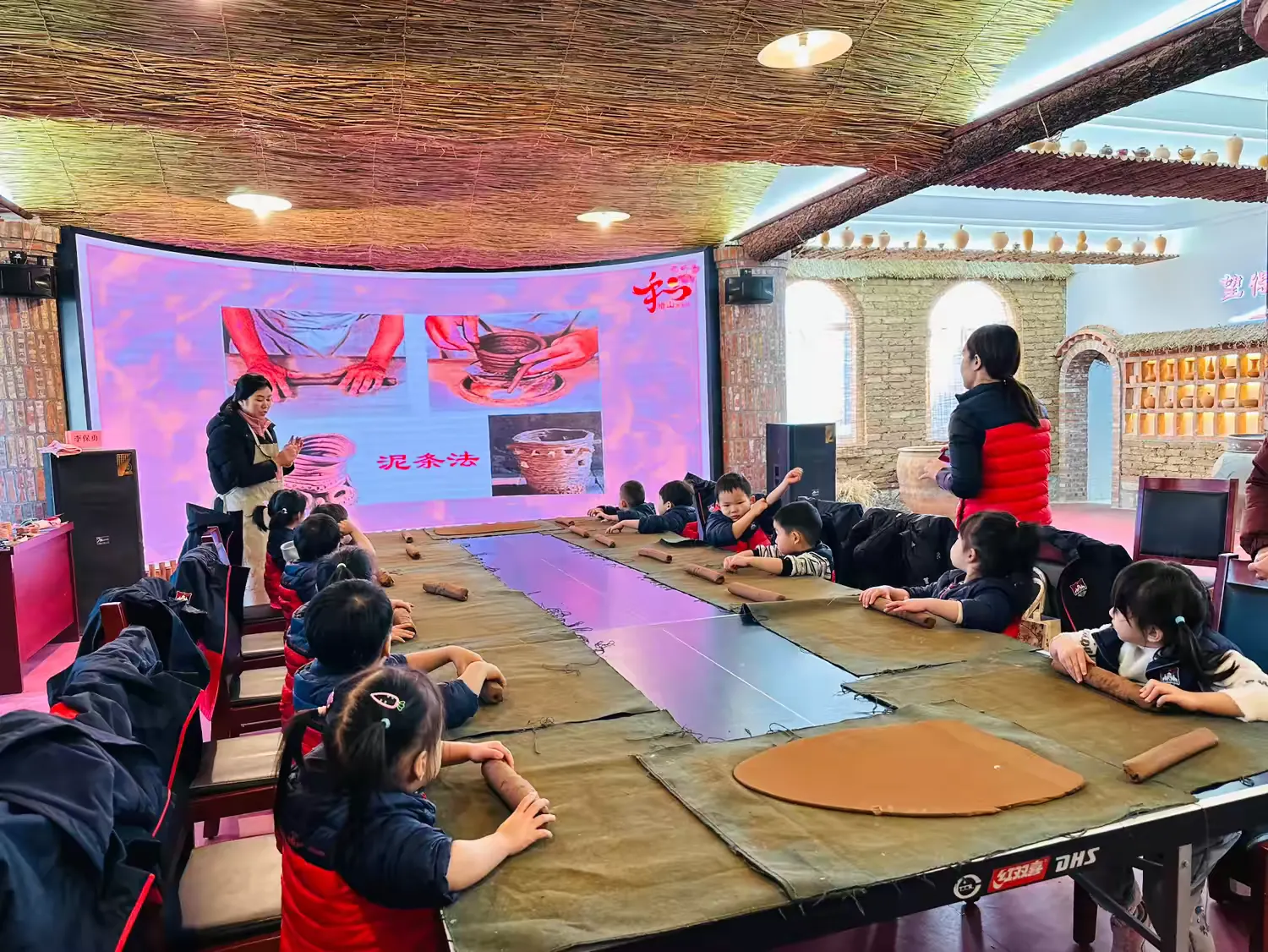
K1班的孩子们在非遗传承人的带领下体验搓泥条,他们的小手满是泥土,却紧紧握着那一小团陶土,眼神中透露出专注与好奇。小小的手指努力地模仿着传承人的动作,试图将陶土搓成均匀的泥条,尽管泥条粗细不一,但他们认真执着,每一次搓动都是与泥土的亲密接触,每一条不完美的泥条都是童真与传统工艺的初次碰撞,在这质朴的体验中,非遗文化的种子悄然在他们心间种下,等待日后发芽开花。


Under the guidance of the inheritor of intangible cultural heritage, the children in Class K1 were experiencing coiling clay strips. Their little hands were covered with mud, but they still held onto the small lumps of clay tightly. Their eyes revealed concentration and curiosity. With their tiny fingers, they tried hard to imitate the actions of the inheritor, attempting to roll the clay into even strips. Although the strips were of different thicknesses, they were earnest and persistent. Each roll was an intimate contact with the clay, and each imperfect strip was the first collision between childlike innocence and the traditional craft. In this simple and unadorned experience, the seeds of intangible cultural heritage were quietly planted in their hearts, waiting...


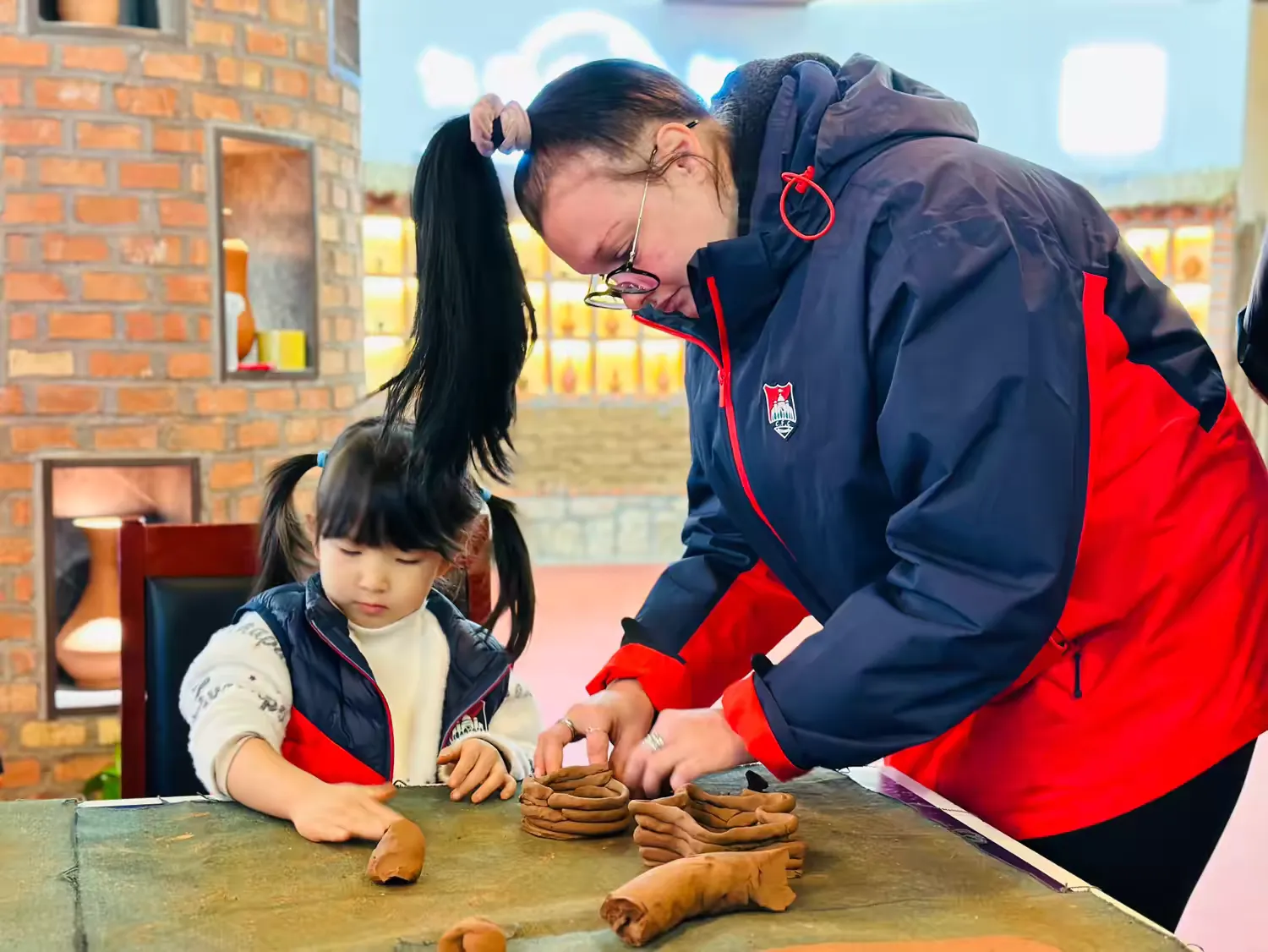
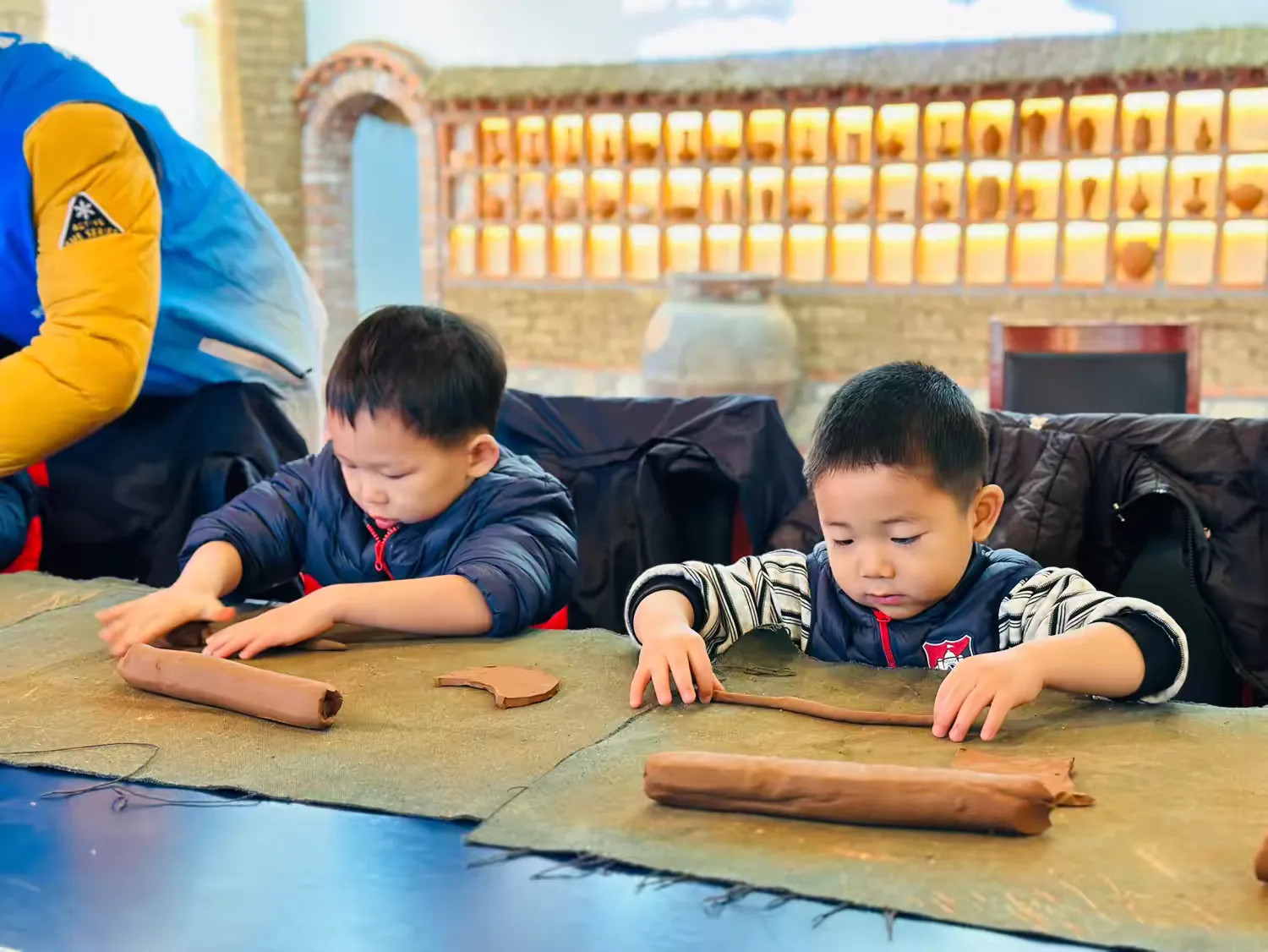

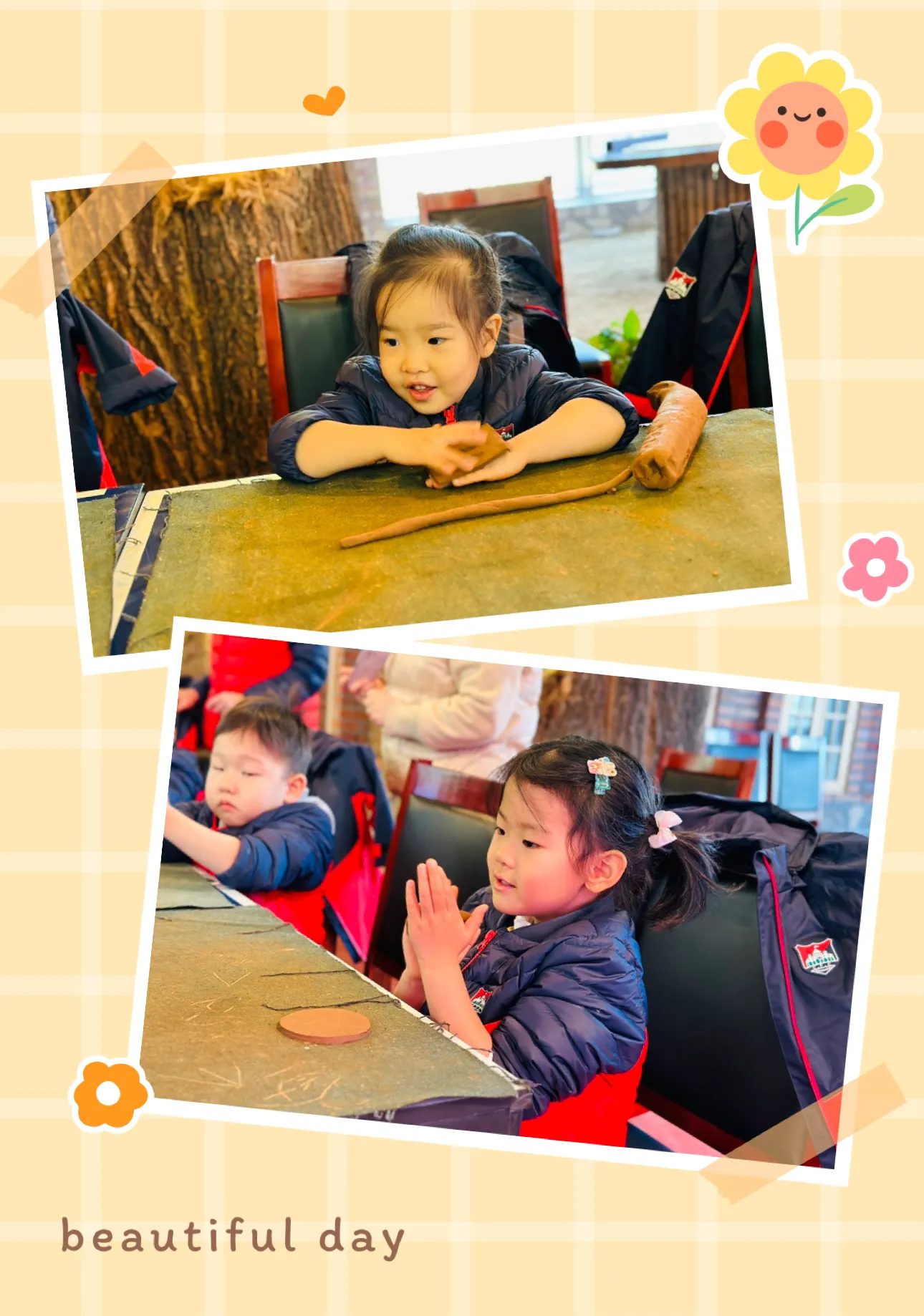
搓完长长的泥条,孩子们开始进行盘泥搭建。小手轻轻将泥条一圈圈盘绕,在盘泥搭建的过程中,他们感受着泥土的韧性与可塑性,发挥着天马行空的想象力,让古老的技艺在稚嫩的手中焕发出新的活力,每一个逐渐成型的作品,都承载着他们对传统手工艺最初的热爱与探索精神。
After rolling out the long clay strips, the children began to build with them by coiling. Their little hands gently coiled the strips round and round. During the process of building in this way, they felt the toughness and plasticity of the clay and gave free rein to their unrestrained imagination, making the ancient craft glow with new vitality in their tender hands. Each gradually formed piece carried their initial love and spirit of exploration for traditional handicrafts.


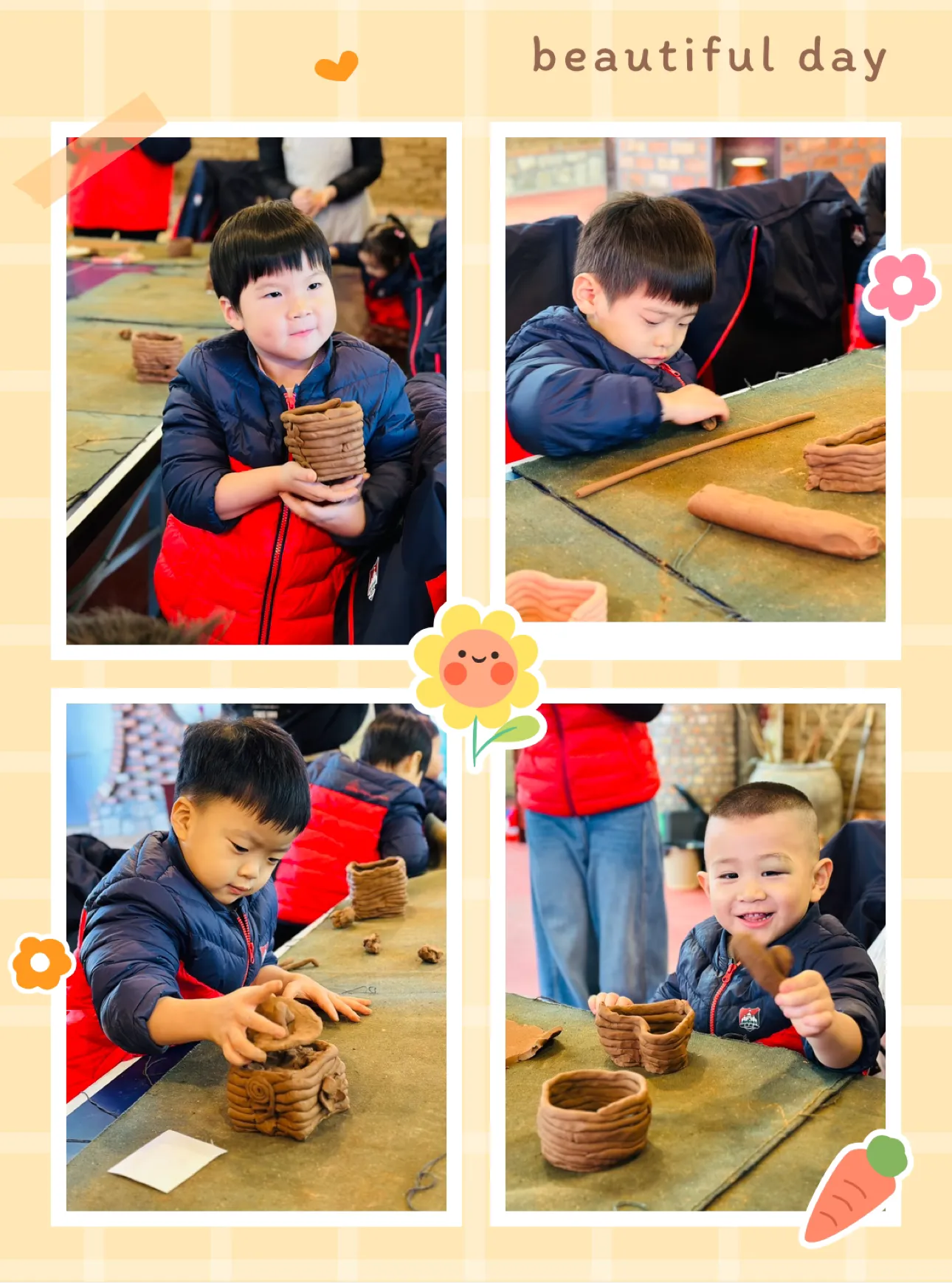

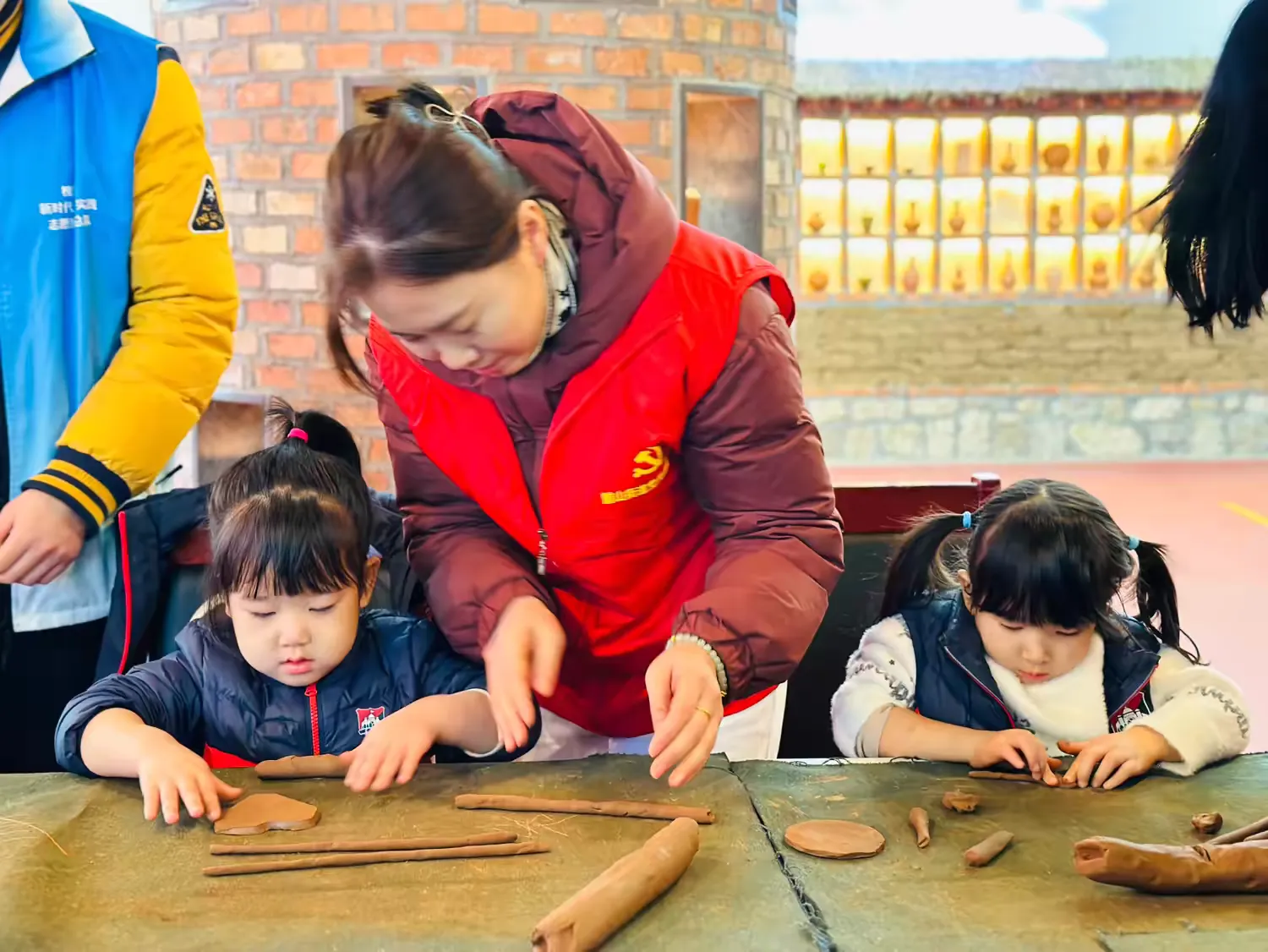
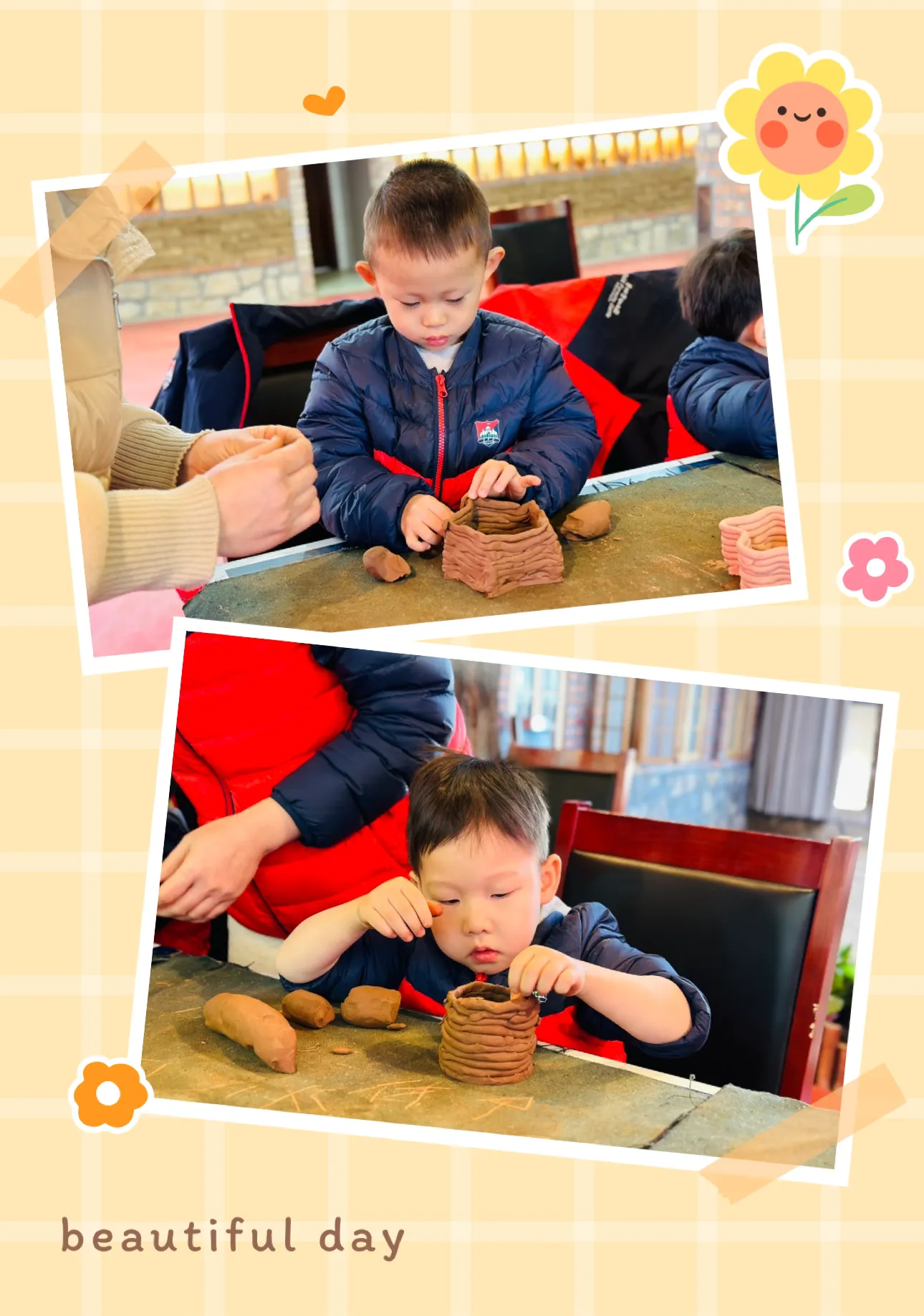
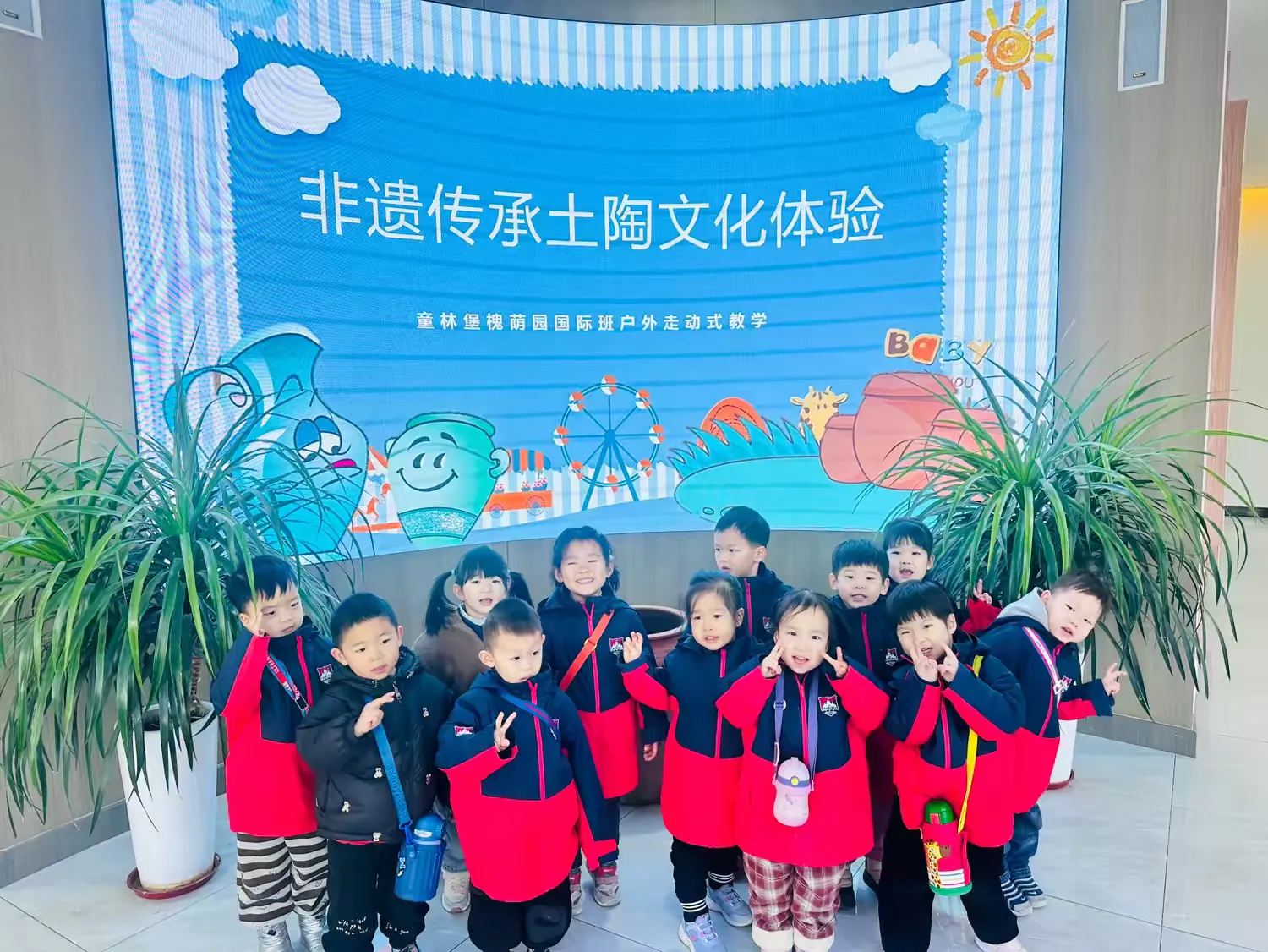
Experience the Earthenware Culture ——Throwing Method.

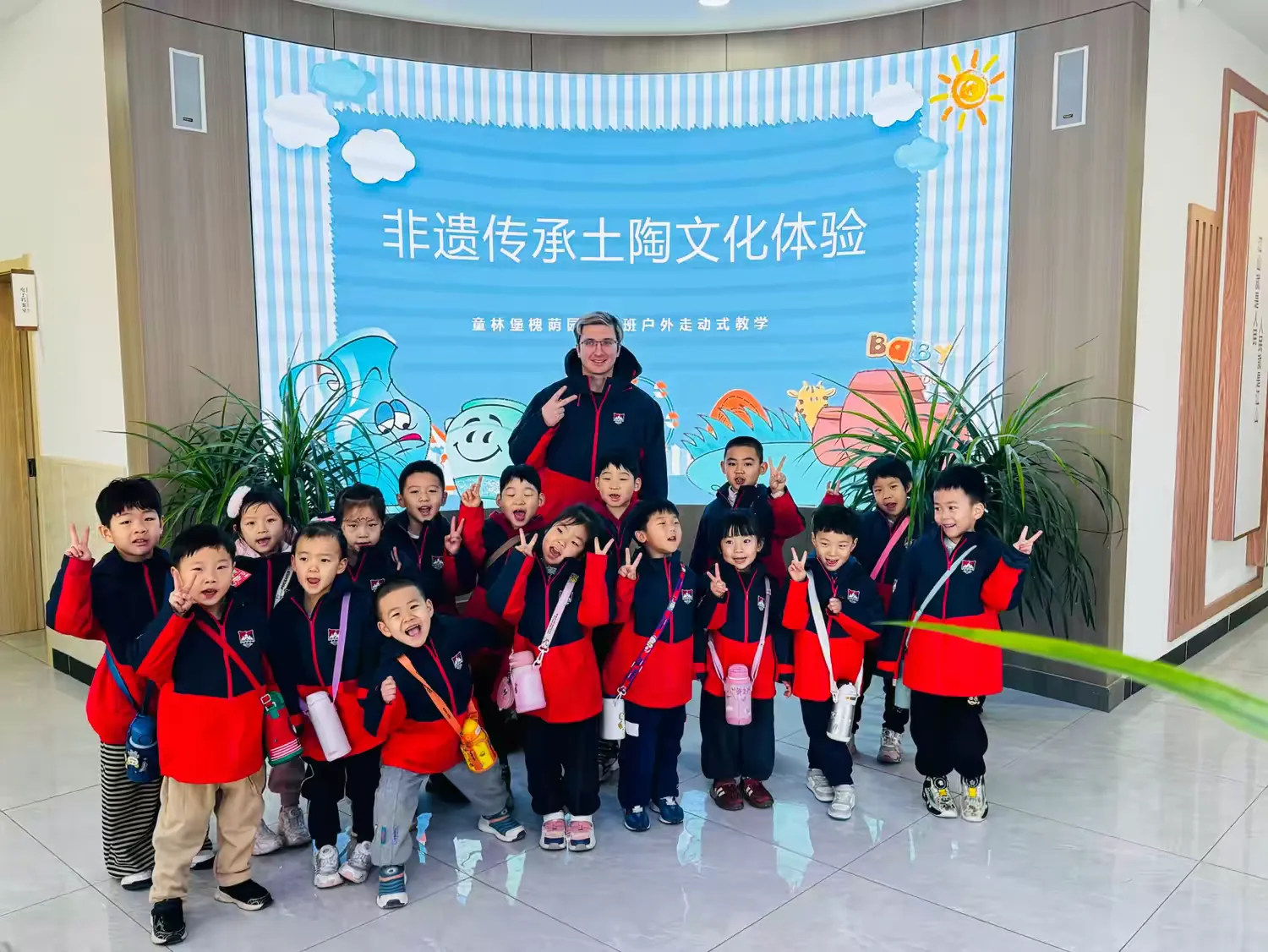
K2 班的小朋友们在非遗传承人的带领下,开启了一场奇妙的拉胚法体验之旅。在传承人温柔且耐心的指导下,孩子们的小手轻轻触碰着陶土,原本安静的陶土在旋转的轮盘上逐渐变得灵动起来。他们瞪大眼睛,满是好奇与专注,看着手中的泥土在指尖的摆弄下慢慢有了形状,有的像小碗,有的似杯子。


The children in Class K2 embarked on a wonderful journey of experiencing the throwing method under the guidance of the inheritor of intangible cultural heritage. With the gentle and patient guidance of the inheritor, the children's little hands gently touched the clay, and the originally quiet clay gradually became lively on the rotating wheel. They stared with wide eyes, full of curiosity and concentration, watching the clay in their hands slowly take shape under the manipulation of their fingertips. Some looked like small bowls, while others resembled cups.


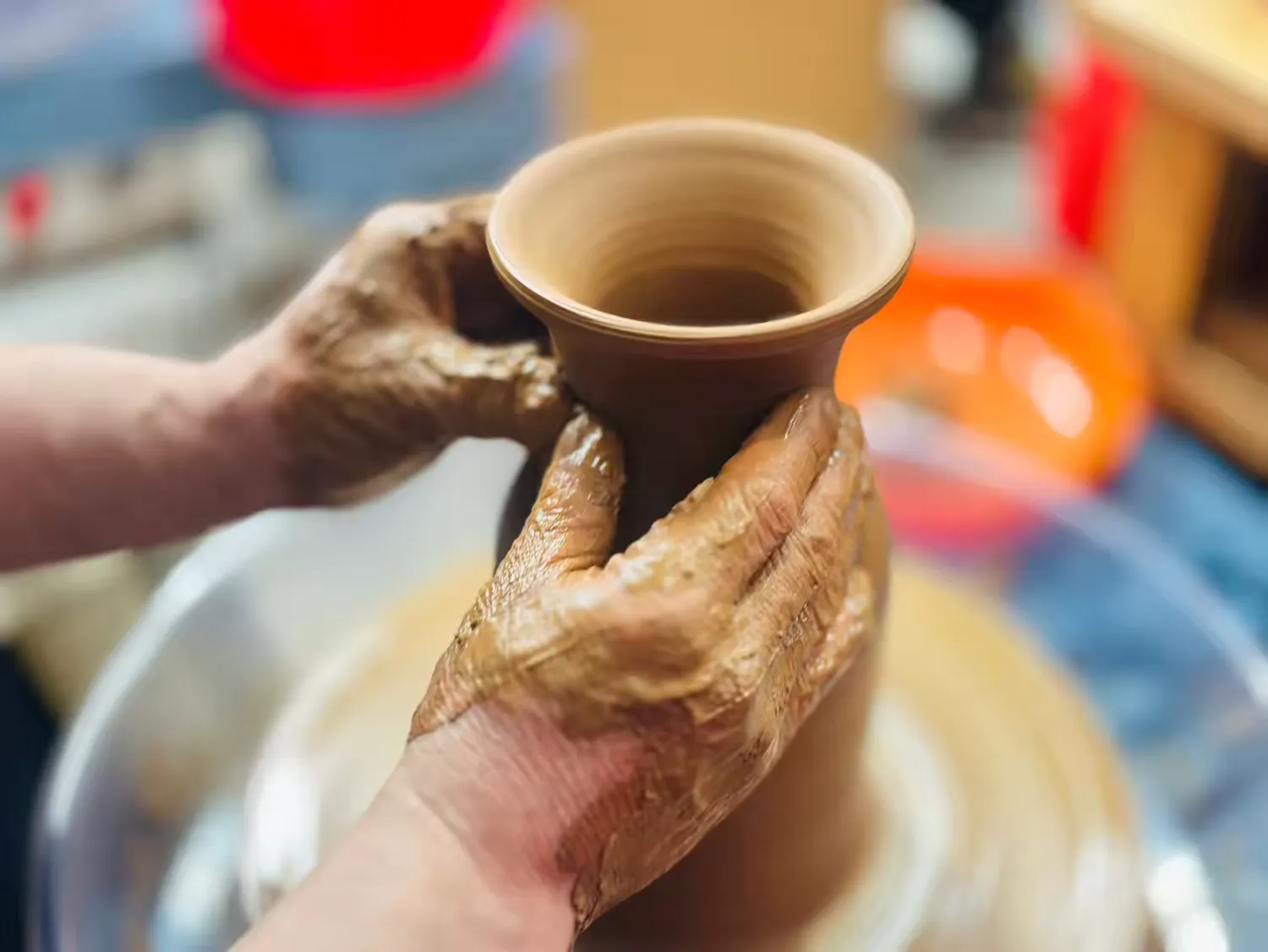
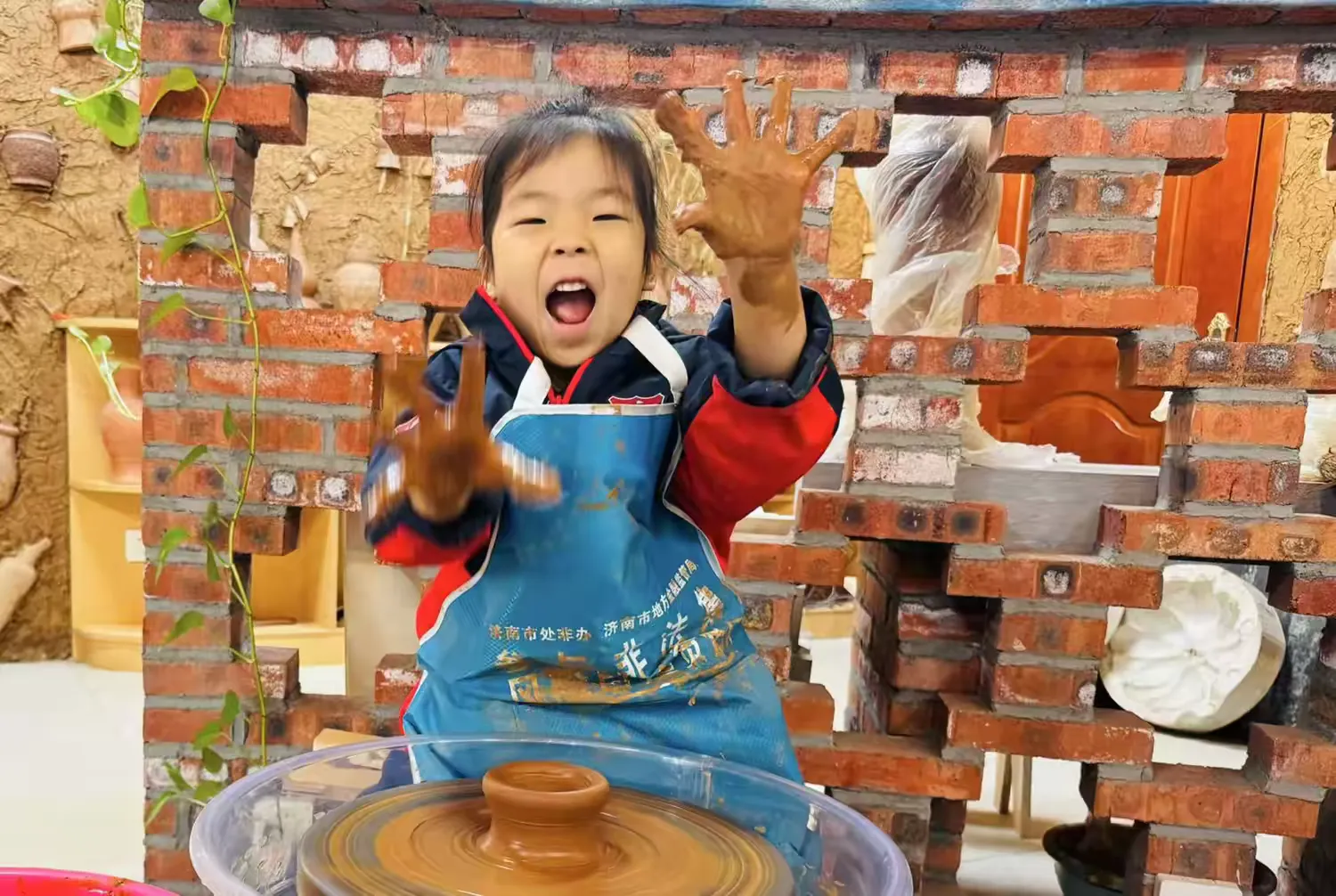
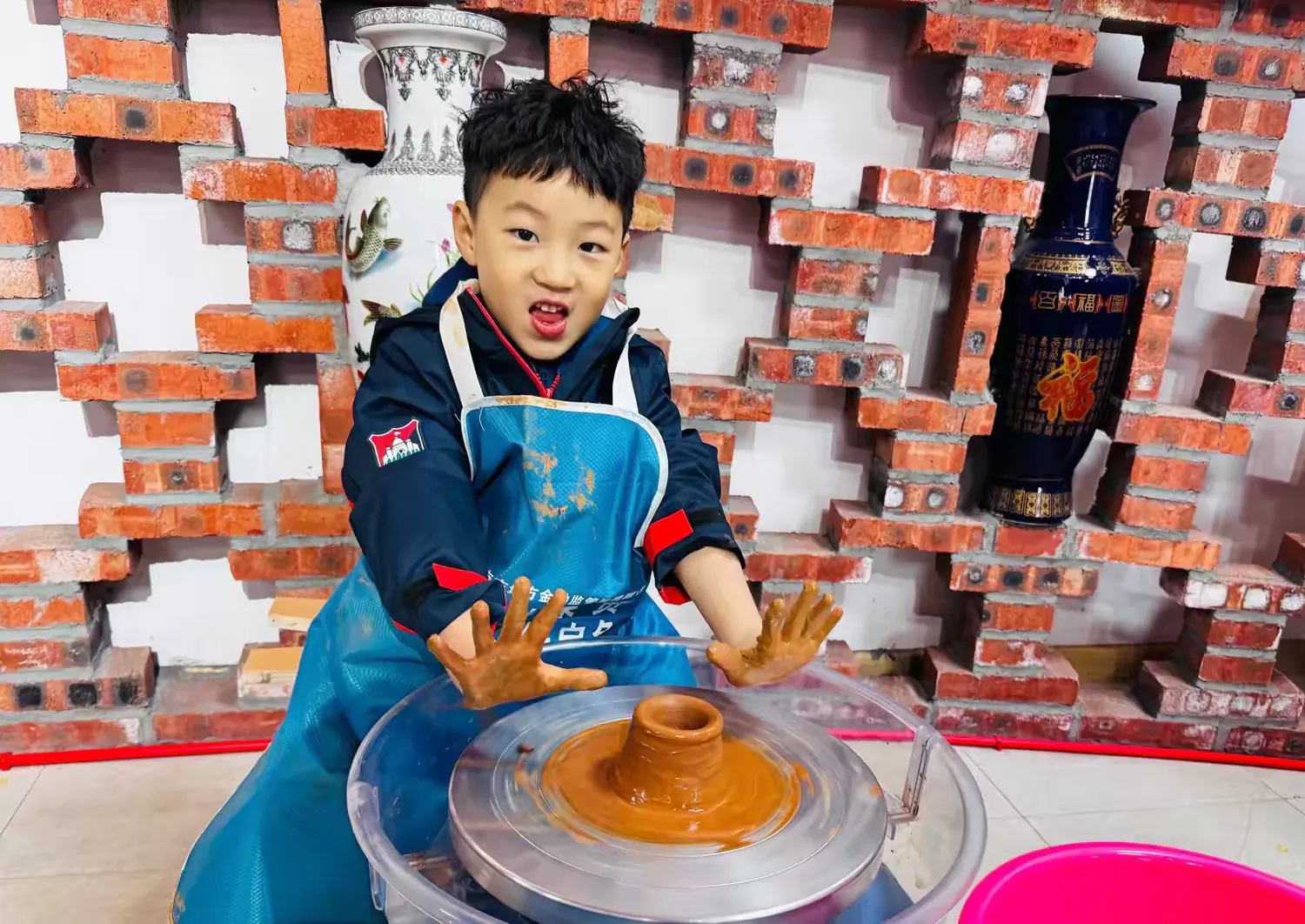

看着逐渐成型的作品,孩子们的眼中闪烁着惊喜与自豪的光芒。原本毫不起眼的泥土,在他们的小手和心血的倾注下,变幻出独特的模样。那或圆润、或拙朴的形状,是他们想象力与创造力的具象化。
Looking at the gradually formed works, the children's eyes sparkled with the light of surprise and pride. The originally ordinary clay had transformed into unique shapes under the pouring of their little hands and efforts. Those shapes, whether round or simple and unsophisticated, were the manifestations of their imagination and creativity.



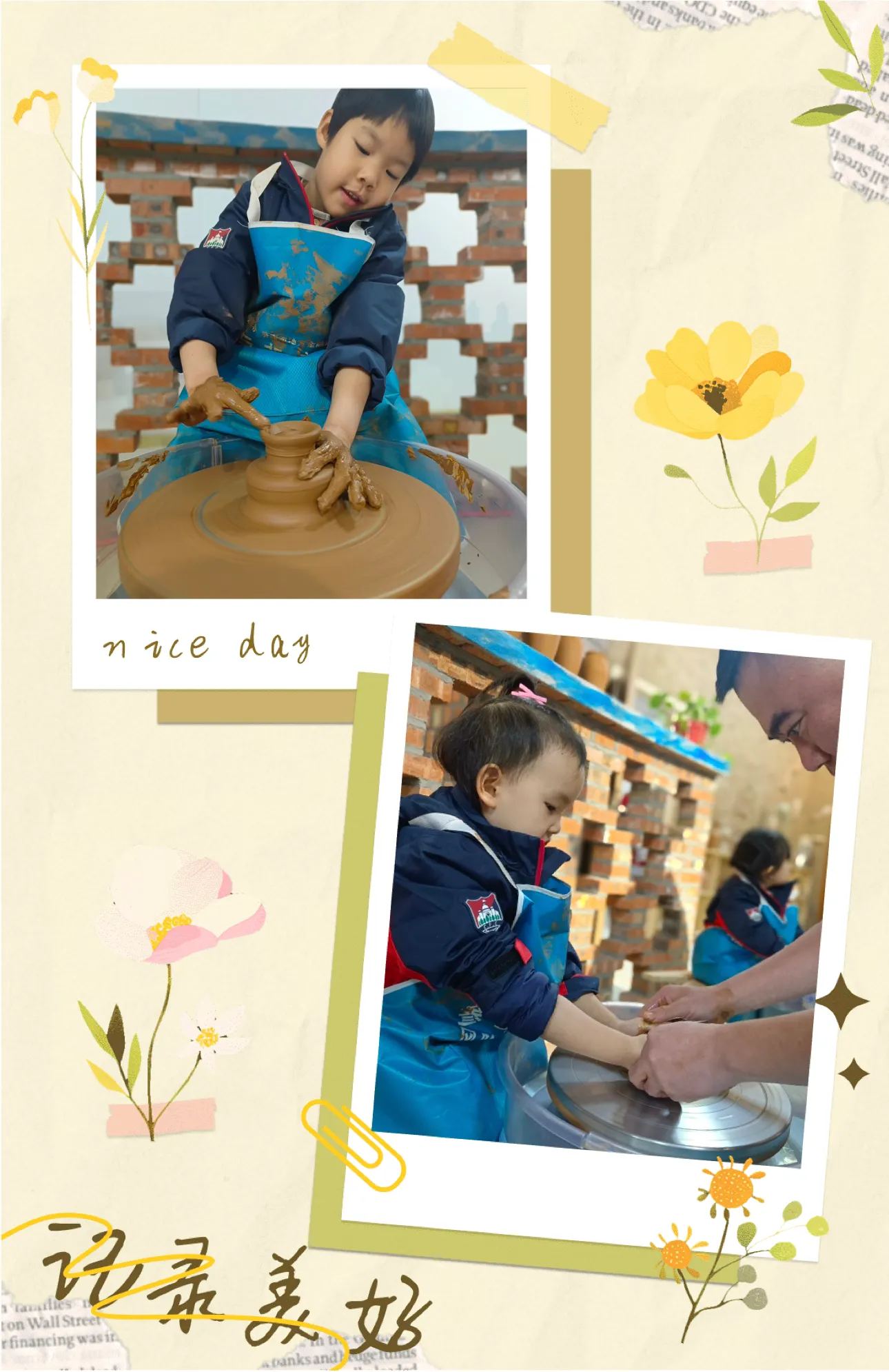

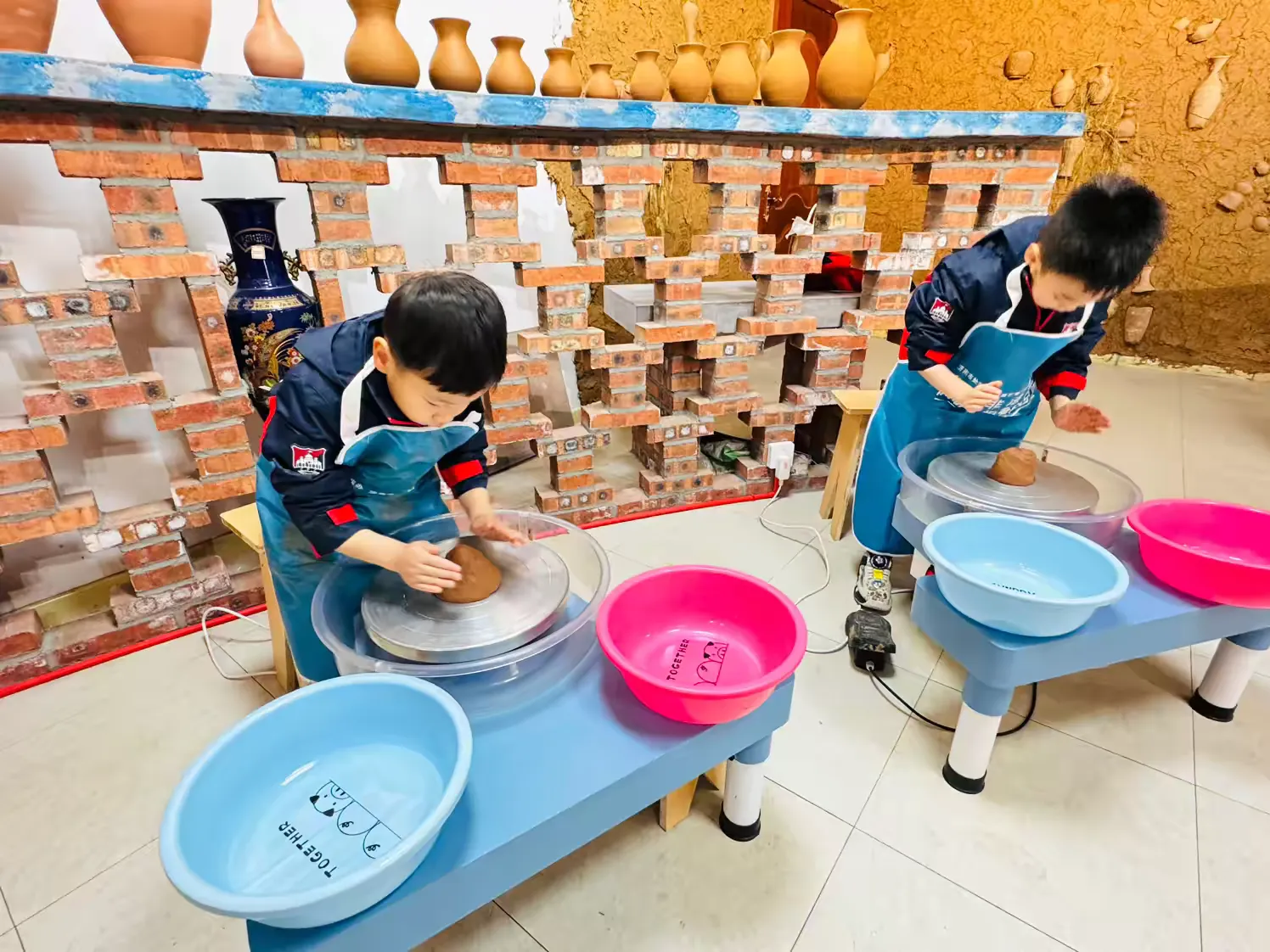
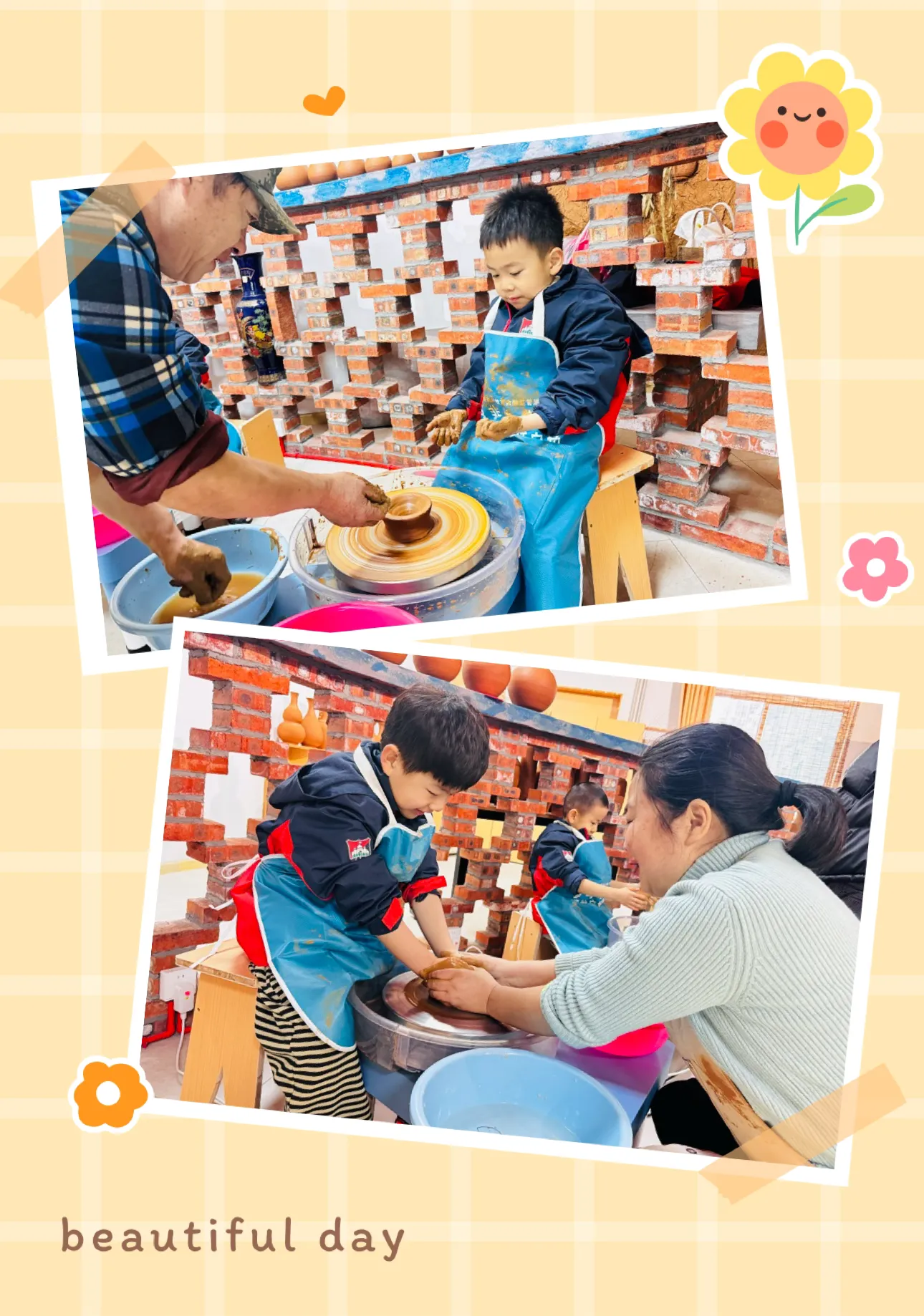
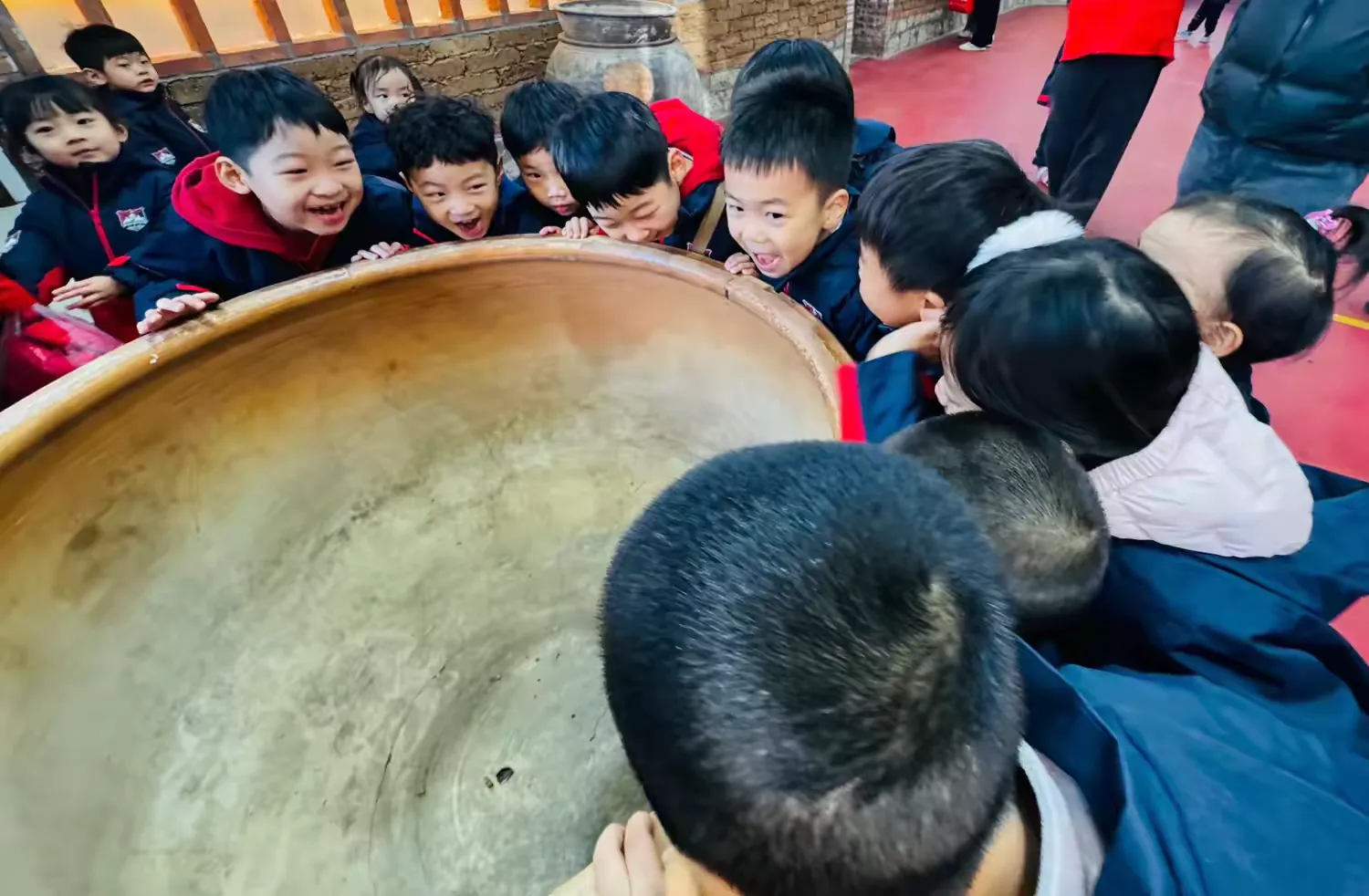
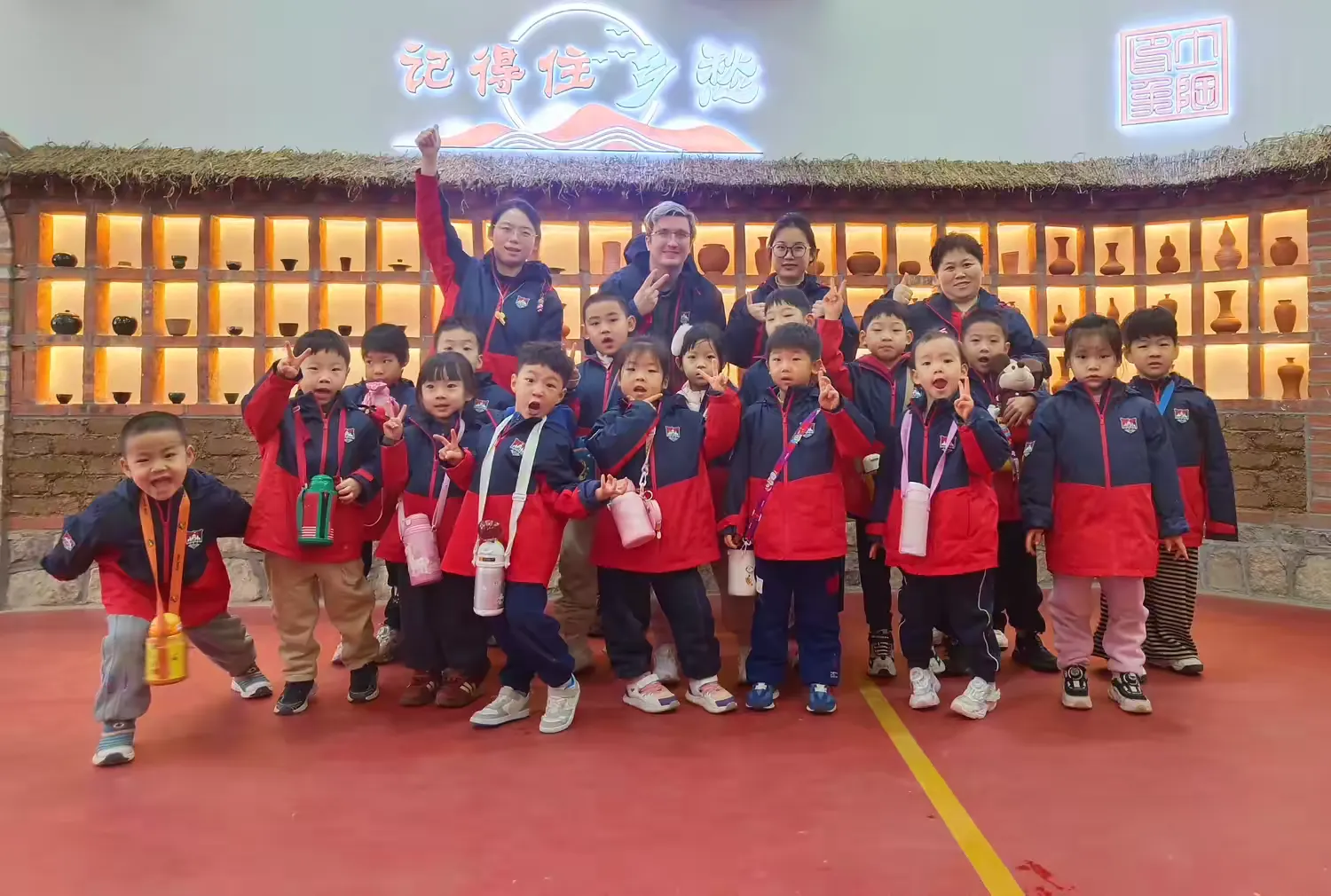
“陶启新岁 童梦飞扬”非遗传承土陶文化带给孩子们的不仅是一次手工体验,更多的是让孩子们亲身感受非遗土陶文化的魅力,让孩子们对传统文化产生浓厚的兴趣和热爱,增强孩子们对民族文化的认同感和自豪感,在他们幼小的心灵种下文化传承的种子。
"Pottery Initiates the New Year, Children's Dreams Soar" The inheritance of intangible cultural heritage of earthenware culture has brought children not only a handicraft experience, but also enabled them to experience the charm of the intangible cultural heritage of earthenware culture. It has made children have a strong interest in and love for traditional culture, enhanced their sense of identity and pride in national culture, and planted the seeds of cultural inheritance in their young minds.


